Tomb of Ramose
tt55
The Tomb of Ramose (TT55) is a fascinating treasure in Luxor. It is located in the Sheikh Abd el-Qurna area of the Valley of the Nobles. This tomb gives visitors a unique look at ancient Egypt’s art and politics during the late 18th Dynasty. It serves not only as a burial site but also as a historical time capsule. The tomb shows the change from the traditional Theban style to the new Amarna art introduced by Pharaoh Akhenaten.
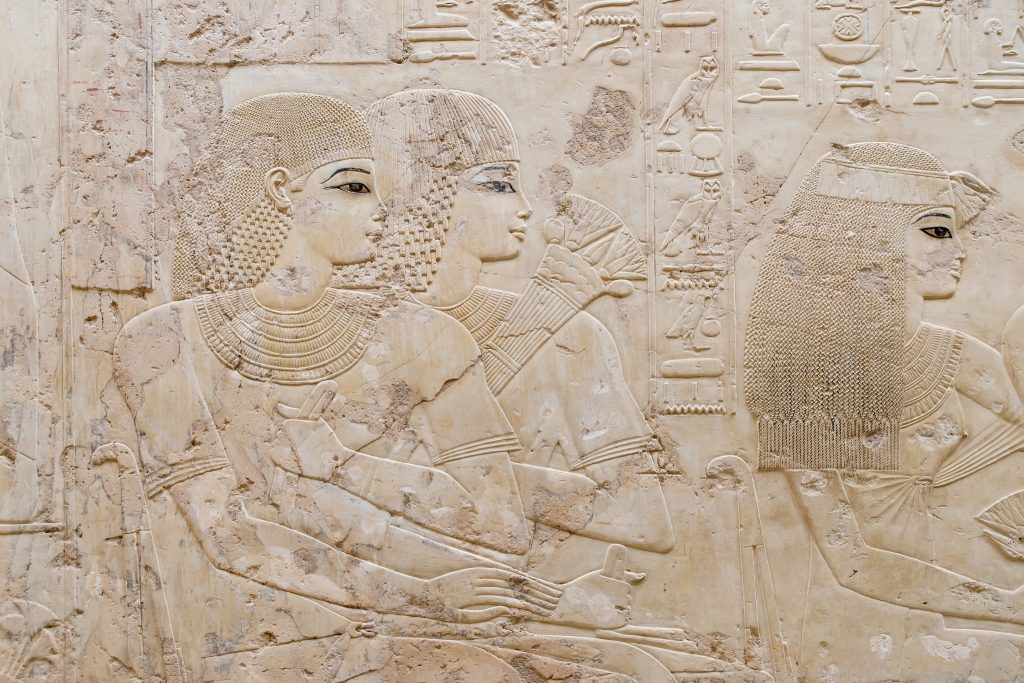
Who Was Ramose? The Vizier Between Two Pharaohs
Ramose was an important official in ancient Egypt. He served as the Vizier of Upper Egypt under Pharaoh Amenhotep III and continued during the early reign of Amenhotep IV, also known as Akhenaten. This placed him at the center of significant political and religious changes in Egypt.
As vizier, he was the highest-ranking official after the pharaoh. He oversaw administration, justice, and large construction projects. Ramose played a key role in the achievements of Amenhotep III’s reign and the major reforms of Akhenaten.
Ramose came from a notable family. He was the son of Heby and Ipuya and had connections to both Thebes and Memphis. This rare double connection likely helped increase his political influence.
His career linked two very different royal courts, making his tomb a unique blend of artistic styles.
Luxor Tours & Activities
Looking to save some costs on your travel? Why not join a shared group tour to explore Luxor, Egypt? Here are some activities you might be interested in:
Location and How to Visit the Tomb of Ramose
The tomb is located in Sheikh Abd el-Qurna, a popular area in the Valley of the Nobles on Luxor’s West Bank. It is part of a ticketed group that includes TT56 (Userhet) and TT57 (Khaemhet).
To get there: From Luxor’s East Bank, take a ferry or cross the bridge over the Nile. Then, head towards the Ramesseum. The tomb has clear signs within the Sheikh Abd el-Qurna complex.
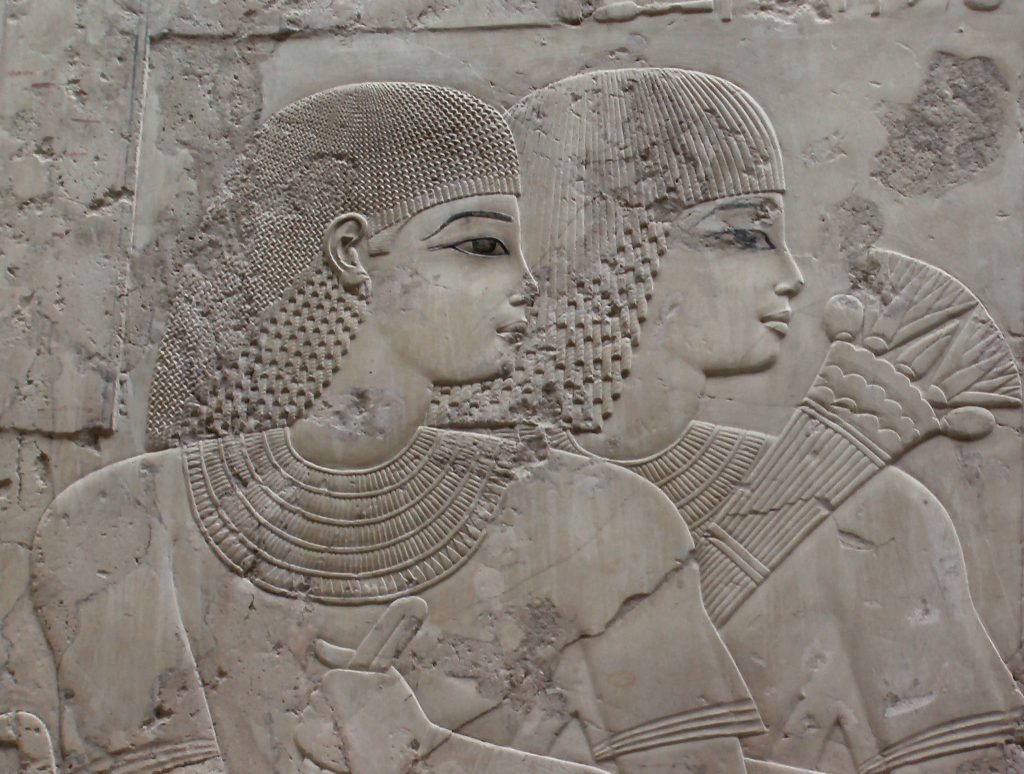
The Tomb’s Unique Artistic Significance
TT55 is special because it shows two different styles of art. The walls of the tomb display how Egyptian art changed over time. They feature the formal and idealized reliefs of the Theban style alongside the more natural and flowing forms of early Amarna art.

Traditional Theban Reliefs
On the east wall of the columned hall, you will see detailed scenes of Ramose, his wife, and their family. The carvings are unpainted but show amazing details, from the folds of their linen clothes to the complex wigs worn by mourners. These scenes showcase the skilled craftsmanship of the reign of Amenhotep III.
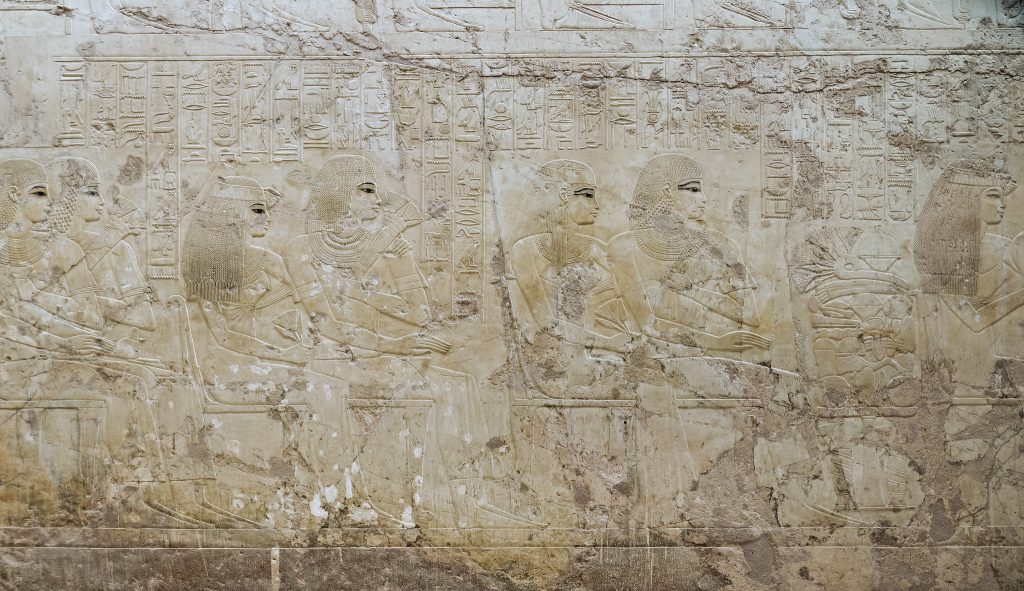
Early Amarna Style
On the south and west walls, the style changes significantly. The figures become longer, faces are more distinct, and the scenes are livelier. Here, Akhenaten, also known as Amenhotep IV, and Nefertiti are shown in close, relaxed poses, which is typical of Amarna art. One well-known scene depicts the royal couple giving Ramose gold, a theme that later appears often in Amarna tombs.
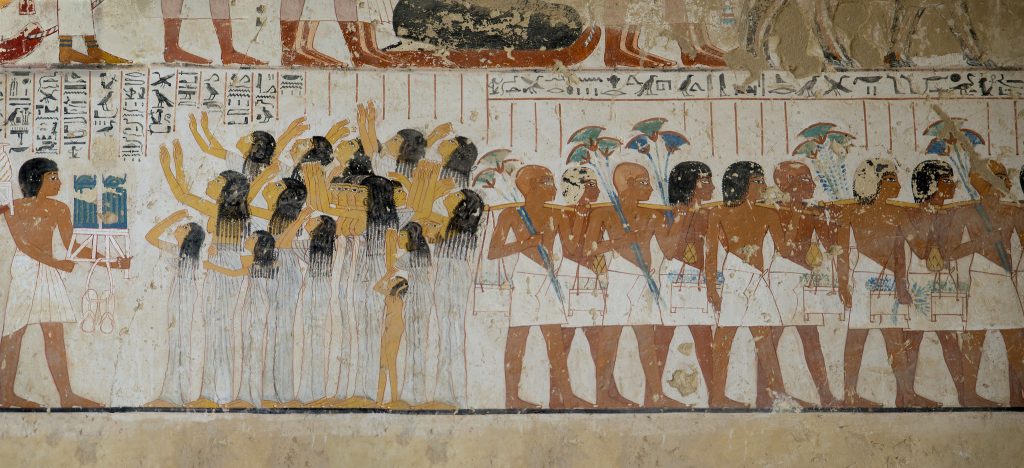
Notable Scenes You Shouldn’t Miss
When you visit TT55, look for these highlights:
1. Funeral Procession: You will see a detailed scene of Ramose’s coffin being carried, surrounded by musicians and professional mourners.
2. Royal Reward Scene: Akhenaten and Nefertiti sit on a balcony and give gold collars to Ramose. This is an early example of this scene.
3. Unidentified Temple Scene: There is an interesting image of a temple, but its identity is still debated by Egyptologists.
4. Foreign Tribute: Under Akhenaten’s throne, you will find carved figures of Nubians, Asiatics, and Libyans, showing Egypt’s influence.
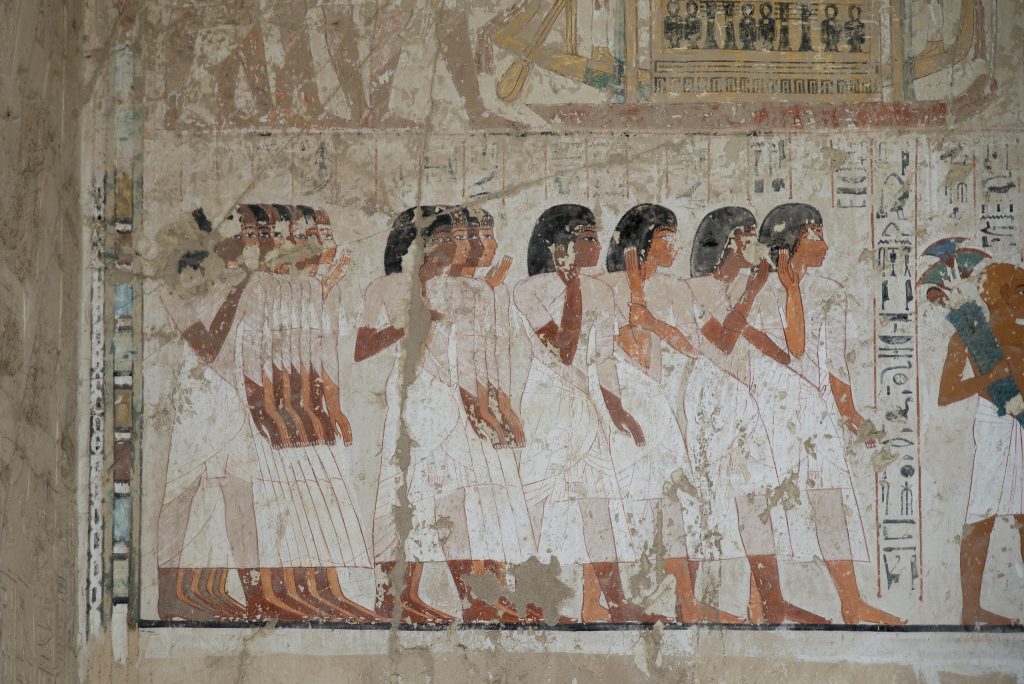
Architectural Layout
The tomb is designed to be impressive:
– Open Court: This leads to the main entrance.
– Columned Hall: It originally had 32 columns, but only some are still standing.
– Corridor: This has eight columns and leads to the chapel.
– Chapel with Niches: These niches may have been meant for statues of the deceased and their family.
– Burial Chamber: You reach this chamber by a steep corridor. It is not decorated and appears unused, containing only an urn and an embalmed skull.
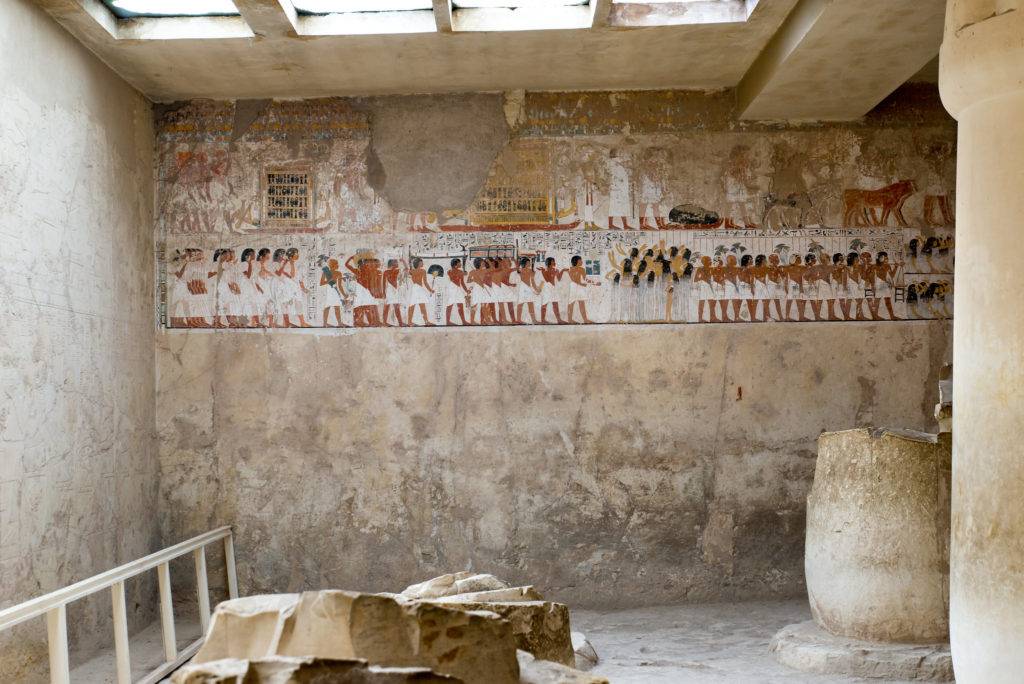
The Mystery of the Unfinished Tomb
TT55 was left unfinished for a few reasons. Scholars think:
1. Political Shift: Ramose might have followed Akhenaten to Amarna and left his tomb in Thebes.
2. Religious Reform: The change to Aten worship affected traditional burial customs.
3. Death in Office: Ramose may have died before finishing the tomb, leaving it unused.
No matter the reason, the unfinished tomb gives us a unique chance to see how ancient tombs were built, from the initial sketches to the carving and painting.
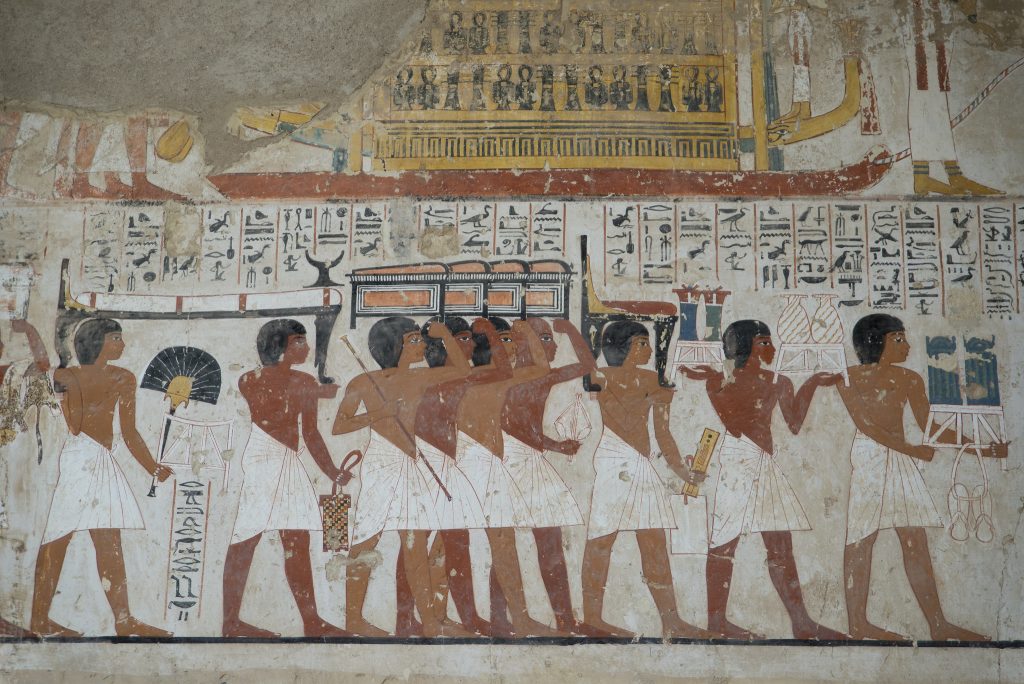
Why TT55 Matters in Understanding Ancient Egypt
The Tomb of Ramose is not just an archaeological site; it connects two different times. It shows:
– The political struggles of a changing court.
– The artistic changes in early Amarna style.
– The personal story of a man balancing loyalty to two very different pharaohs.
For historians, it is an important piece of evidence to understand how Akhenaten’s reforms started. For travelers, it offers a memorable look at the art and humanity of ancient Egypt.
Did you know that
By purchasing through our links, you support us at no additional cost.
Thank you for your support. ♥️






